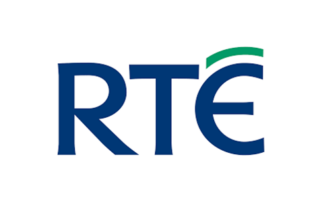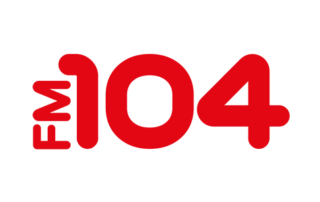There are a lot of tools online for comparisons of different electricity plans and telling customers how much money they can save on home energy bills by switching.
These will often tell you how much your current electricity is going to be in the next year, and how much you could save by switching to different recommended plans.
But how do these tools arrive at the estimated annual bills they present to customers?

Electricity Time of Use Tariffs
Different electricity plans will come with different tariff bands for how much electricity costs at any given time of the day. Your electricity consumption is divided between those different tariffs based on either your input or assumptions about average usage.
Electricity Tariff Discounts
Many electricity plans advertise a discount on their standard rates which could be anywhere from 5% to 30%. The level of the discount will vary from provider to provider, and may also depend on factors such as if you are signed up for direct debit payments and online billing.
Calculating Electricity Usage
For different types of electricity plans, calculators make assumptions about the amount of electricity which is being used at different times, unless specified otherwise.
The average annual electricity usage by a household in Ireland is 4,200kWh, and calculators will use this national average unless you enter a figure based on your own electricity consumption.
How this is divided up between the different time of use tariffs depends on the plan in question.
Fixed Electricity Charges
Any electricity bill will also come with a number of fixed charges which do not change regardless of how much of little electricity is used. These are the Standing Charge, PSO Levy, and Prepayment Service Charge in the case of Pay-As-You-Go electricity meters.
VAT on Electricity
All electricity products and fees are subject to VAT of 9%. This includes the electricity rates and all other fixed charges.
Electricity price comparison tools will typically show an estimated annual bill both with and without VAT.
Estimated Annual Bills
When you use an electricity comparison tool it will typically tell you what your electricity bill will be for the next 12 months on your current plan, and how much you can save by switching to a new plan.
To do this it must calculate the estimated bill for the year for the current plan, and all the plans it recommends. These will require two different sets of calculations, with the one for your current plan being more complicated.

Recommended Electricity Plans
The electricity plans which are recommended to you by a calculator will provide and estimated annual bill based on the tariffs of the plan, any specified discount on those tariffs, and the relevant fixed charges over the period of the contract.
Other factors which can also be taken into account include any cash bonus which is offered to customers signing up for the first time.
Your Current Electricity Plan
For the cost of the next 12 months on your current electricity plan the cost must be divided between how much time remains on your current contract, and the standard plan you will be moved onto once that expires.
If you signed up for a 12 month contract with a 20% discount on electricity rates, for example, then at then end of that period you will likely be moved onto an equivalent standard electricity plan with little or no discount.
This is fundamentally why it is so important to switch electricity providers and plans regularly to avoid being charged much more than you need to pay.
So if you have six months remaining on your current contract, then to estimate the bill for the coming year your annual electricity usage must be divided in two, with half calculated based on the current plan, and half on the more expensive standard plan.









